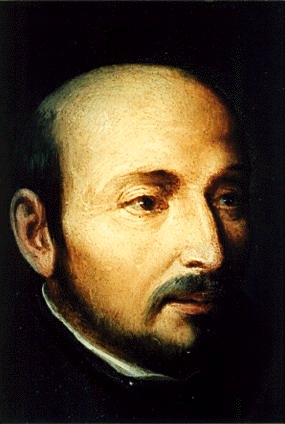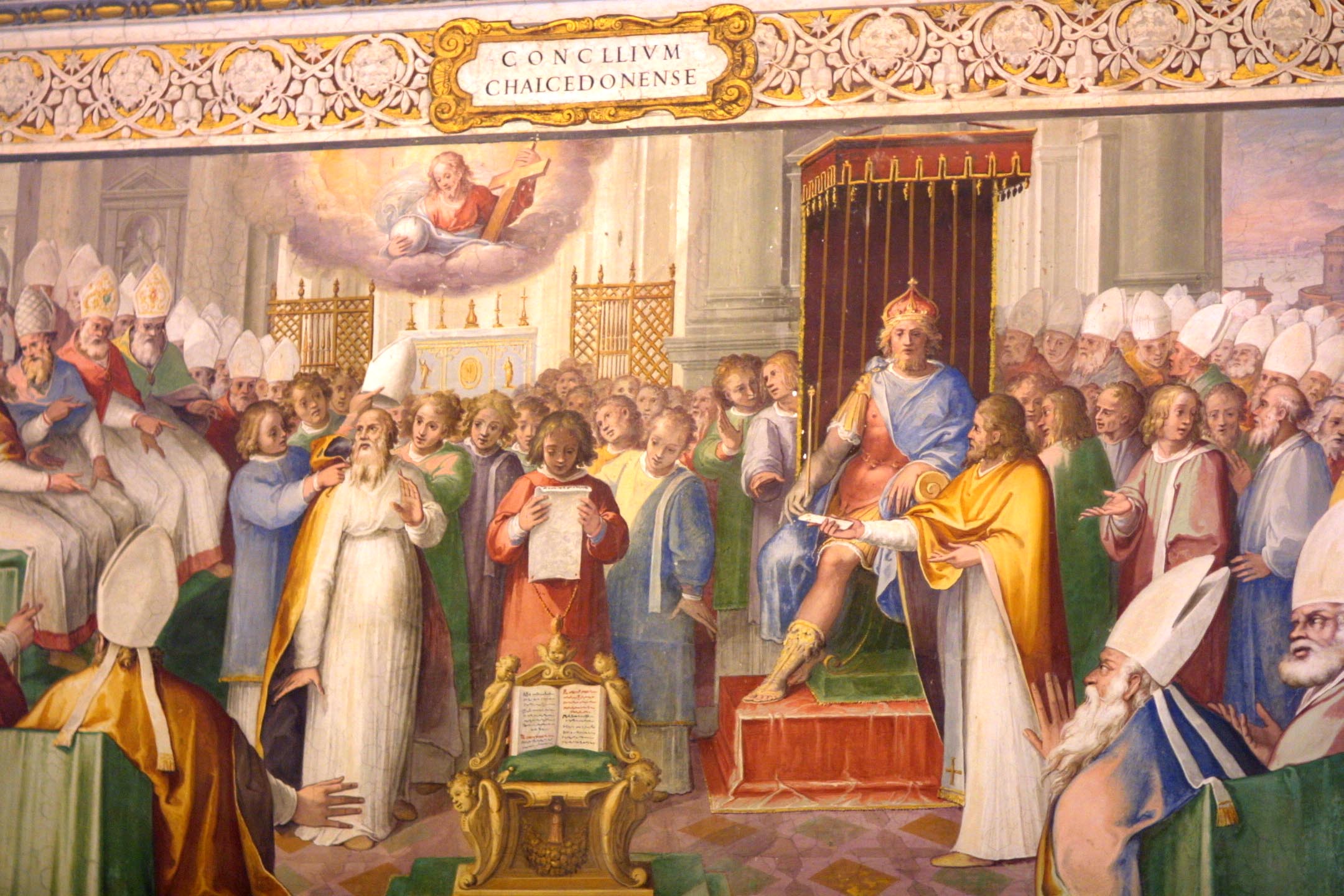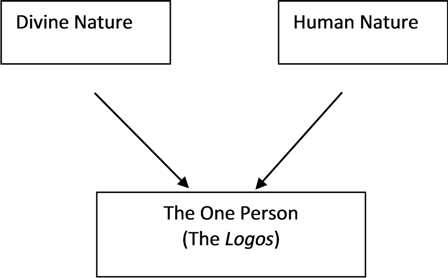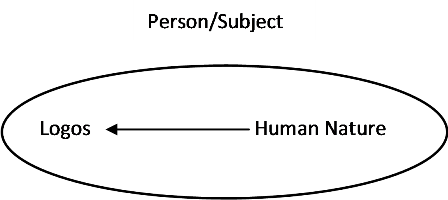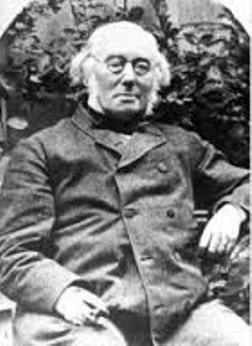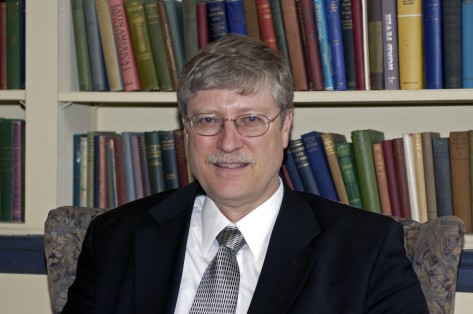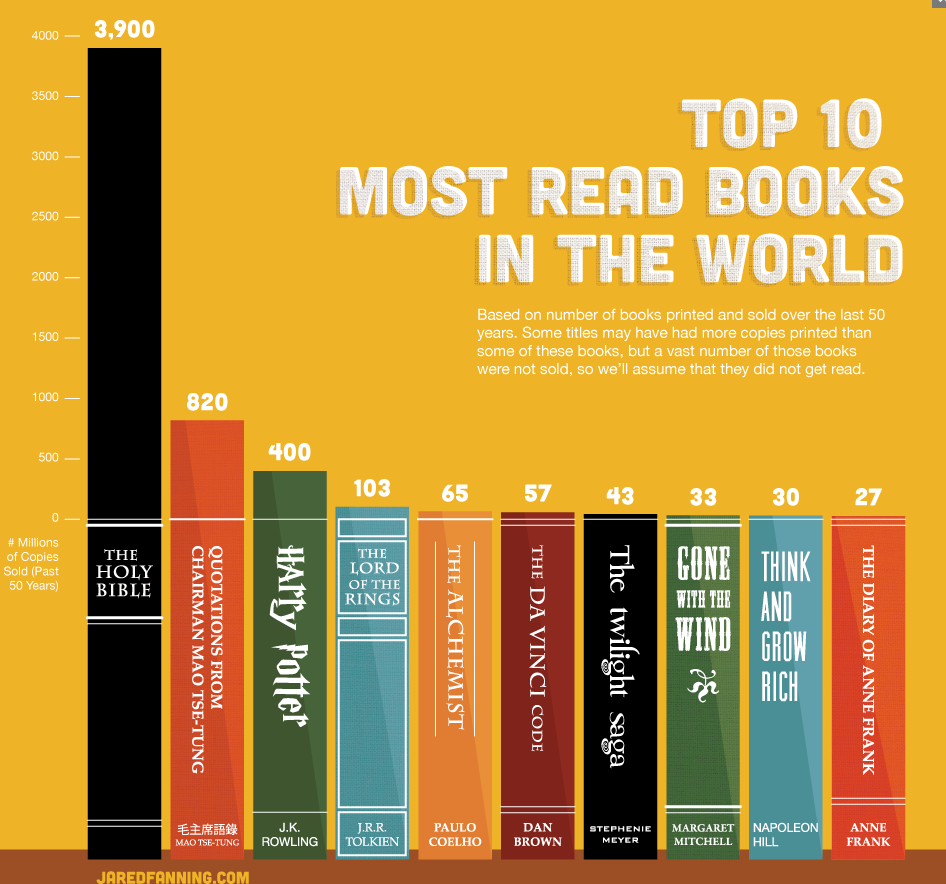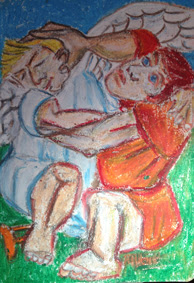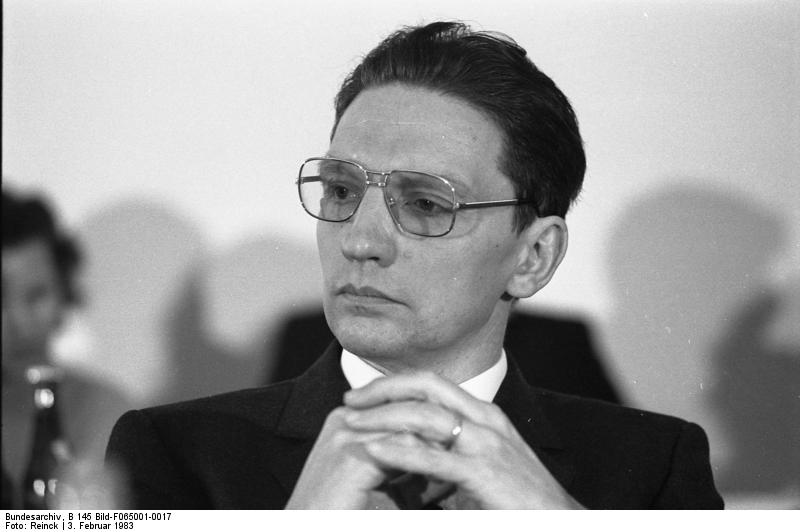 James 1:9-11
James 1:9-11
Let the believer who is lowly boast in being raised up, and the rich in being brought low, because the rich will disappear like a flower in the field. For the sun rises with its scorching heat and withers the grass; its flower falls, and its beauty perishes. It is the same with the rich; in the midst of a busy life, they will wither away .
The Great Reversal
Our study of this passage has concluded that it is a continuation and specific application of the theme commenced in verse two. That is, one of the major tests being experienced by James’ community concerns the issue of poverty and wealth. But this is not simply “an issue,” such that it might be considered apart from the actual life-setting and life-experience of the community. James’ listeners are suffering, a poor and despised group in an unfamiliar land. Further, their faith in Christ has isolated them from the help they might otherwise have received from the Jewish diaspora community. Perhaps they face the temptation to curry the favour of their wealthier kinsmen; perhaps also the temptation to relinquish their faith in Jesus the Messiah and return to the synagogue. It is clear from 2:1-6 and 4:1-3 that the community is at least distracted if not riven with such attitudes and conflicts.
Further, I have argued that the syntax of vv. 9-10 requires that we read James’ exhortation to the rich as addressed to the rich believer. While the poor may rejoice in that they have been exalted, the wealthy are given arguably the more difficult task: to rejoice in their humiliation. James is using dialectical language to set forth the inherent tension the believer experiences. On the one hand the social and financial reality of each group remains unchanged with respect to their position in the broader society. On the other hand, James envisages a day when there shall occur a “great reversal” in the fortunes of the poor and the rich whereby the poor will be exalted in reality, and the rich, especially those who have acted unjustly (5:1-6), will be humbled.
James’ words echo a theme common in the Jewish tradition and which also found expression in the teaching of Jesus, especially the Lukan version of the beatitudes (Luke 6:20-26). Here Jesus looks forward to the eschatological dénouement in which the great reversal will take place. Mary, too, celebrates this hope in her prophetic song, although now the reversal is spoken of as already fulfilled:
He has done mighty deeds with his arm; he has scattered those who were proud in the thoughts of their heart. He has brought down rulers from their thrones, and has exalted those who were humble (tapeinos). He has filled the hungry with good things, and sent the rich away empty-handed (Luke 1:51-53).
(Scot McKnight (96) rightly draws attention to the impact Mary had on the fledging Christian community through her two sons.)
Thus, James’ eschatological horizon provides the grounds for why both the poor and the rich might rejoice. The poor look forward to the coming kingdom in which all things will be made right, and the rich likewise rejoice in that they have now discovered that the coming day will not be the terror to them it might otherwise have been. Nevertheless, this exaltation and humiliation are not simply eschatological, for already the poor are exalted, and already the rich are humbled. What might this mean, since it is evident that their socio-economic status remains unchanged?
Here James’ dialectic has a new twist: a social reversal has occurred – in the church. Although future in itself, the great reversal issues in a radical transformation here and now in one’s own perception of oneself, and in the community. Here and now there is a re-ordering of expectation, of desire, of value, and of relationships on account of the new reality which has arrived in Jesus the Messiah, and which will be enacted in the eschatological judgement. Here and now the poor are welcomed as honoured, indeed, primary members of the kingdom community. Here and now the rich embrace humiliation, precisely by entering into solidarity with the poor and despised Jesus followers. The Christian community enacts on the historical level the hope to be realised in the kingdom of God. It is becoming a community in which one’s identity is founded, not on one’s socio-economic status, but on one’s status in Christ. A trans-valuation has occurred with the values and priorities of the earthly city giving way to the values and priorities of the heavenly city. James has a vision of the eschatological kingdom which exists not only in the future, but impinges upon the present, and presses toward expression in the community of God’s people, here and now.
